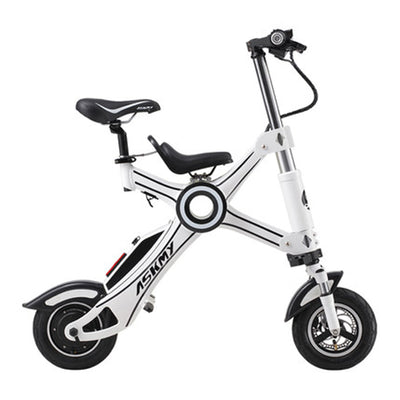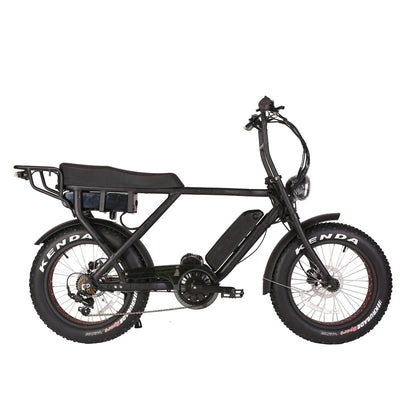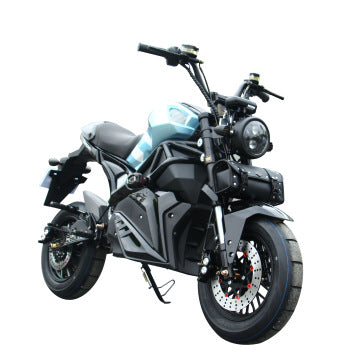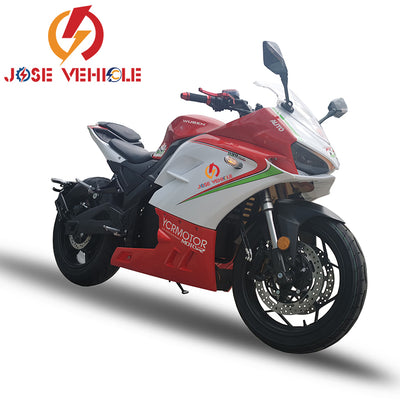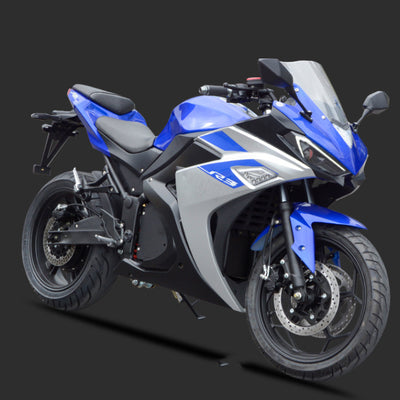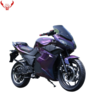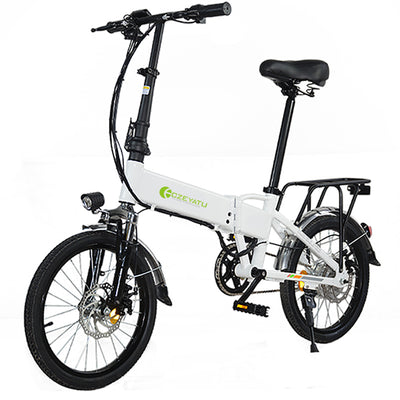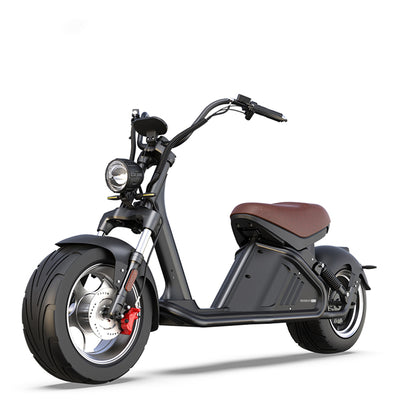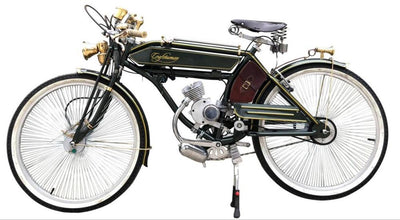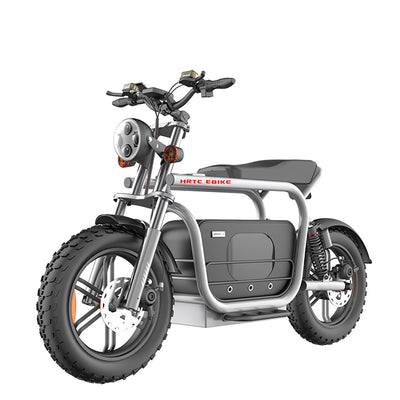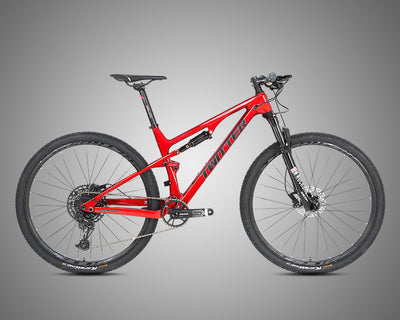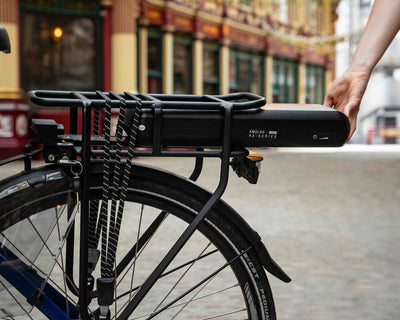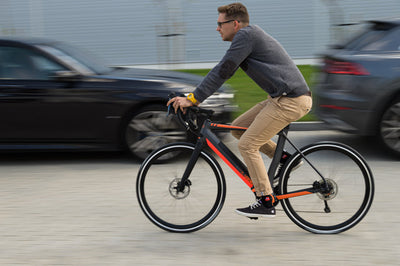How to calculate the range of your electric bike?
Posted by Tom Lee on

Previously on Delfast blog, we published articles on how to mount a camera on an electric bike. This article is devoted to the range of electric bikes and its calculation. So, how long can one ride on one electric bike charge?
What is the range of electric bikes?
The largest range of electric bicycles can reach up to 200-250 miles. This type of e-bikes is usually designed for long-distance rides and powered with 3 kW batteries. Standard electric bikes with smaller batteries (about 400-500W) can reach up to 60-75 miles without recharging. Electric bikes designed for city commuting can travel up to 30-40 miles till the charge is over.
As you might know, in 2017, Delfast officially revolutionized the e-bike market when Delfast Prime traveled 367 km (228 miles) on a single charge.
Factors affecting the range of the electric bike
The question of how much an electric bike can travel on a single charge is rather controversial, as many factors can affect this:
- the weather (on sunny days the range is normally about 15% longer than on rainy ones),
- the tire’s pressure (please, remember, that soft tires are okay for city driving, but not good for mixed, especially mountainous terrain),
- the rider’s weight and the weight of the extra luggage can cause additional loss of charge,
- sometimes the battery type can affect the range, low-power batteries are also affected by the number of start-stops during the trip,
- the weight of the electric bike motor and the battery can decrease the range. Therefore, if you know that your electric bike has a heavy motor, and you are going on a long trip without the possibility of recharging, do not forget about this factor,
- your riding style (how hard you are pedaling and the speed you are using) also affects the charge on your e-bike,
- the terrain itself (plain or mountainous) you are riding.
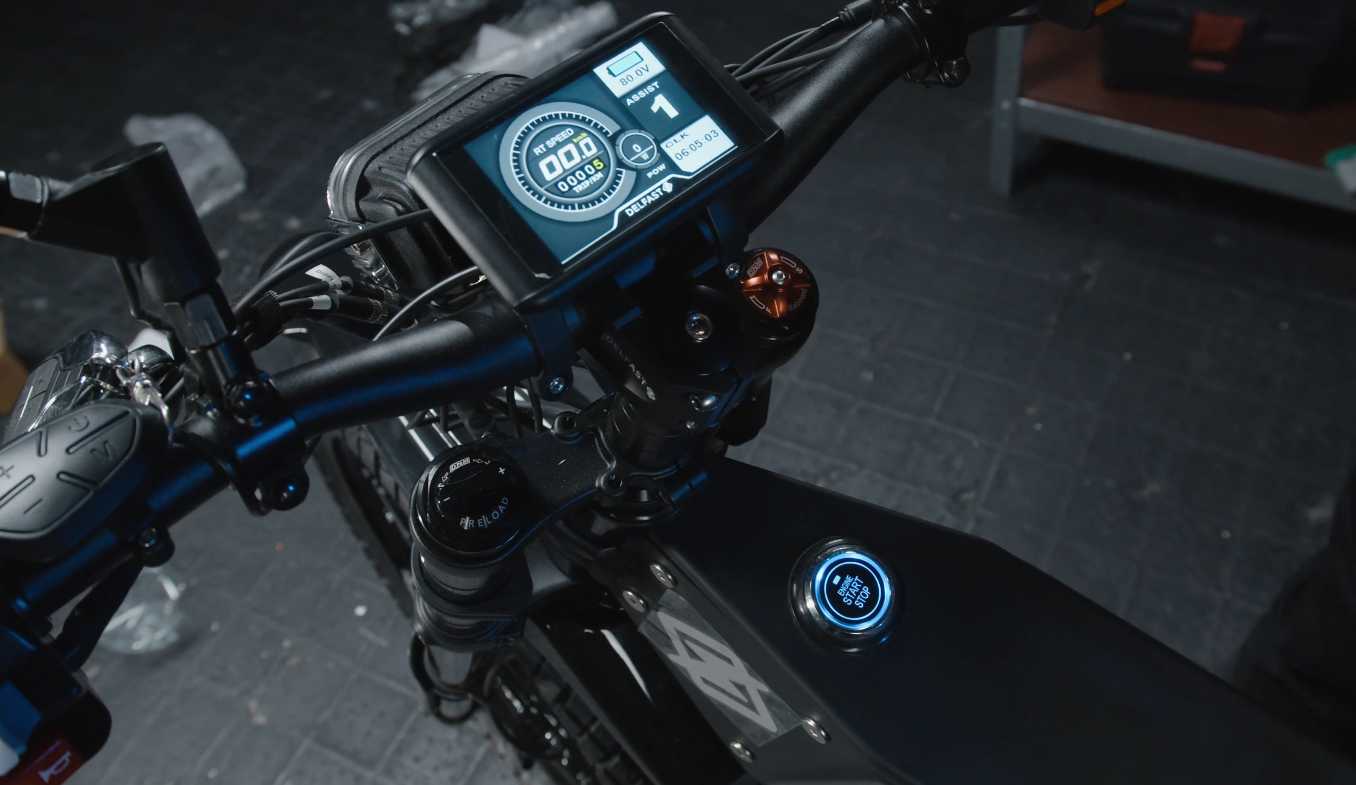
What kind of range do you get on lithium-ion batteries for electric bikes?
There are different types of batteries for electric vehicles, however, lithium-ion batteries are the most used. This type of battery is equipped with a full-fledged control system, which is built directly into the battery case.
Lithium-ion batteries are quite convenient to use. For them to serve as long as possible, you must adhere to the following rules:
- before using a new lithium-ion battery, it must be fully charged. One of the most common mistakes people make with an e-bike is to use the battery immediately after purchase. The battery electrodes are indeed about 50% charged during production, but not initially charging will reduce the available total battery capacity and shorten battery life,
- After discharge, the lithium-ion battery must be charged immediately. In practice, there are cases of sudden battery breakdown. When finding out the reasons, it turns out that the breakdown was not at all so random, because the owner constantly brought the battery to a full discharge and thereby reduced its resource. By the way, some battery sellers advise on how to use batteries until they are fully discharged or cycle. They can do it both unknowingly and in pursuit of their profit - after all, having damaged the battery, you will come to buy a new one,
- Avoid constant heating Li-ion batteries. High temperatures have an extremely negative effect on the battery, accelerating the aging process. The optimum temperature for the maximum resource and maximum current output by the battery should not exceed 68 - 77 degrees Fahrenheit. The interdependence between the operating temperature and the quality of the battery life is very large. An increase in operating temperature even by 10 degrees reduces the battery life several times. Therefore, it is highly not recommended to store the battery near heat sources (heating radiator, stove, etc.) or in direct sunlight,
- low temperatures and semi-discharged condition guarantee a long life of the Li-ion battery,
- Do not charge a supercooled battery. If your battery has been exposed to low temperatures for a long time, for example, you rode an electric bike on a frosty day, then you should not charge it until it warms up at least to the plus mark of the thermometer (Celsius), or even better to room temperature. Otherwise, sudden temperature changes will become fatal for the li-ion battery,
- Use only original chargers.
Why Delfast e-bike has the largest selection of long-range powerful electric bikes
Delfast bikes were designed as long mileage bikes. Most of the models created and upgraded by Delfast in 2017-2019 (Delfast Offroad, Delfast Prime 2.0, Delfast Top 3.0) had an impressive range on a single charge.
Electric bikes range: how to calculate it?
The range is determined by battery capacity and driving speed. Generally, the higher the battery capacity, the higher the range is. The higher speed usually means less range. Let’s try to determine it. We will use watt-hours as an example to measure the energy capacity of a battery. We hope this helps you figure out how long you can ride your bike before the battery runs out.
An e-bike battery is measured by its voltage (V) and ampere-hours (Ah) rating. To calculate the Wh of an e-bike battery, we simply multiply V and Ah to get Wh.
E.g., a 50V 15 Ah battery will have a capacity of 750 Wh (50 x 15 = 750).
A 30 V 20 Ah battery will have a capacity of 600 Wh (30 x 20 = 600).
On average, it is estimated that the average e-bike battery provides one (1) mile of travel for every 4-35 Wh of energy.
This means that for flat terrain, the consumption for e-bikes with these batteries can be minimal (let’s take 4 Wh for 1 mile traveled), and the range, on the contrary, can be high:
750/4 = 187,5 miles.
600/4 = 150 miles.
As for mountainous terrains, battery consumption can be maximum (let’s take 30 Wh for the calculations).
750/30 = 25 miles.
600/30 = 20 miles.
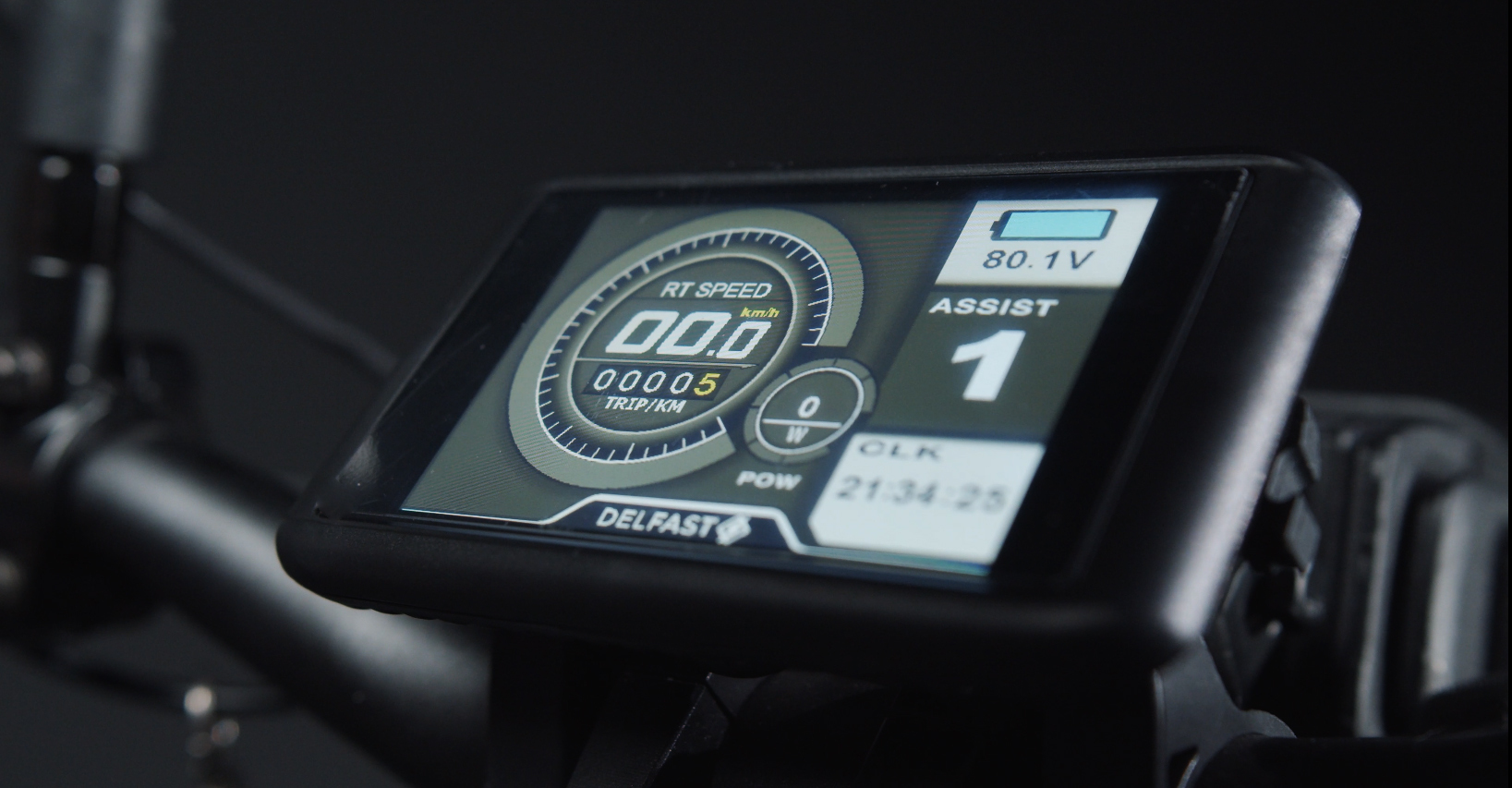
- Tags: aliexpress electric bike

